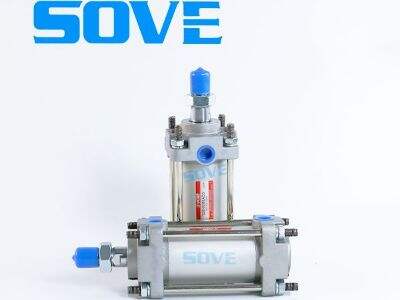What are Pneumatic Cylinders?
When air escapes from the cylinder, these cylinders become a simple actuator, partially powered by air. You can find them in many places such as factories, robots, and machinery. A type of pneumatic cylinder, single- acting pneumatic cylinders utilize air pressure to only push the piston one direction. That means the piston can go out or return depending on where the air pushes it.
Advantages of Double Acting Pneumatic Cylinders
They use air to push the piston in both ways, and these are called double-acting pneumatic cylinder. That allows the piston to extend and retract based on air pressure. Double-acting Hydralic cylinder offer more versatility and allow for better control of the piston movement than single-acting cylinders. They come in handy when precise control of movement is crucial.
Differences between Semi-Acting and Double Acting Pneumatic Cylinders
In this sense, single-acting pneumatic cylinders are less complex to design than double-acting. They are also cheaper and easier to care for. But they’re awful at controlling the piston’s motion. On the other hand, double-acting pneumatic Hydraulic cylinders do allow for more control and precision. They are frequently used in places where it is crucial to position elements precisely where they should go.
Pneumatic Cylinders: How to Make the Right Choice
Selecting a pneumatic cylinder, you must consider the level of force, speed, and control required. However, single-acting cylinders work well in applications that need only a linear motion in one direction, such as opening or closing a door. Double-acting cylinders are great for tasks requiring fine tuning, such as an assembly line or robotic arms.


